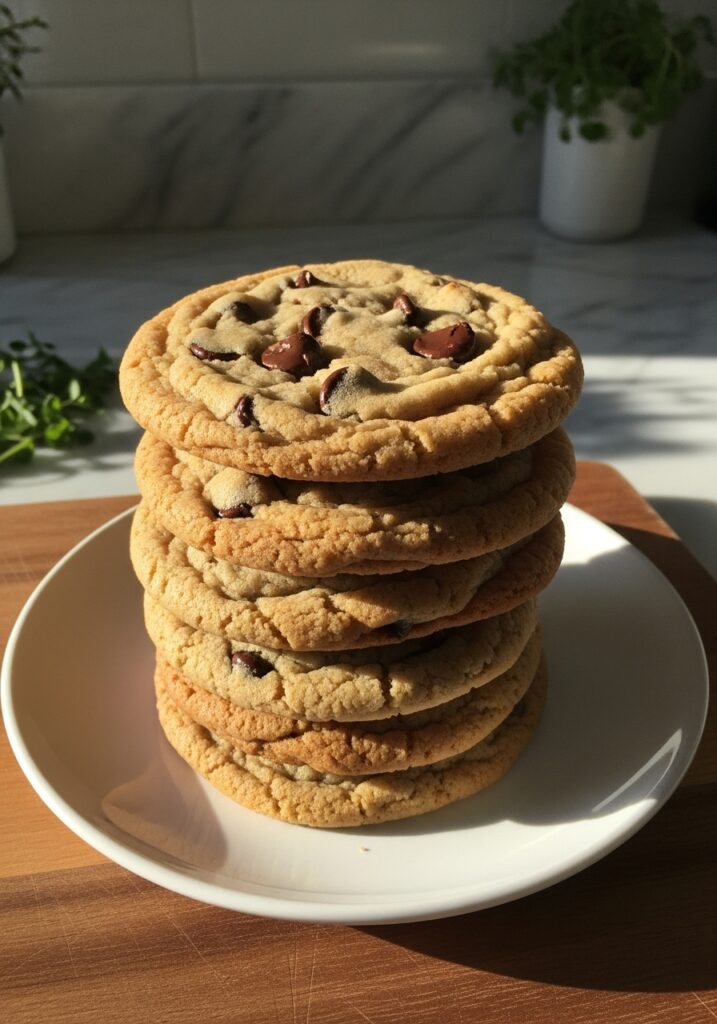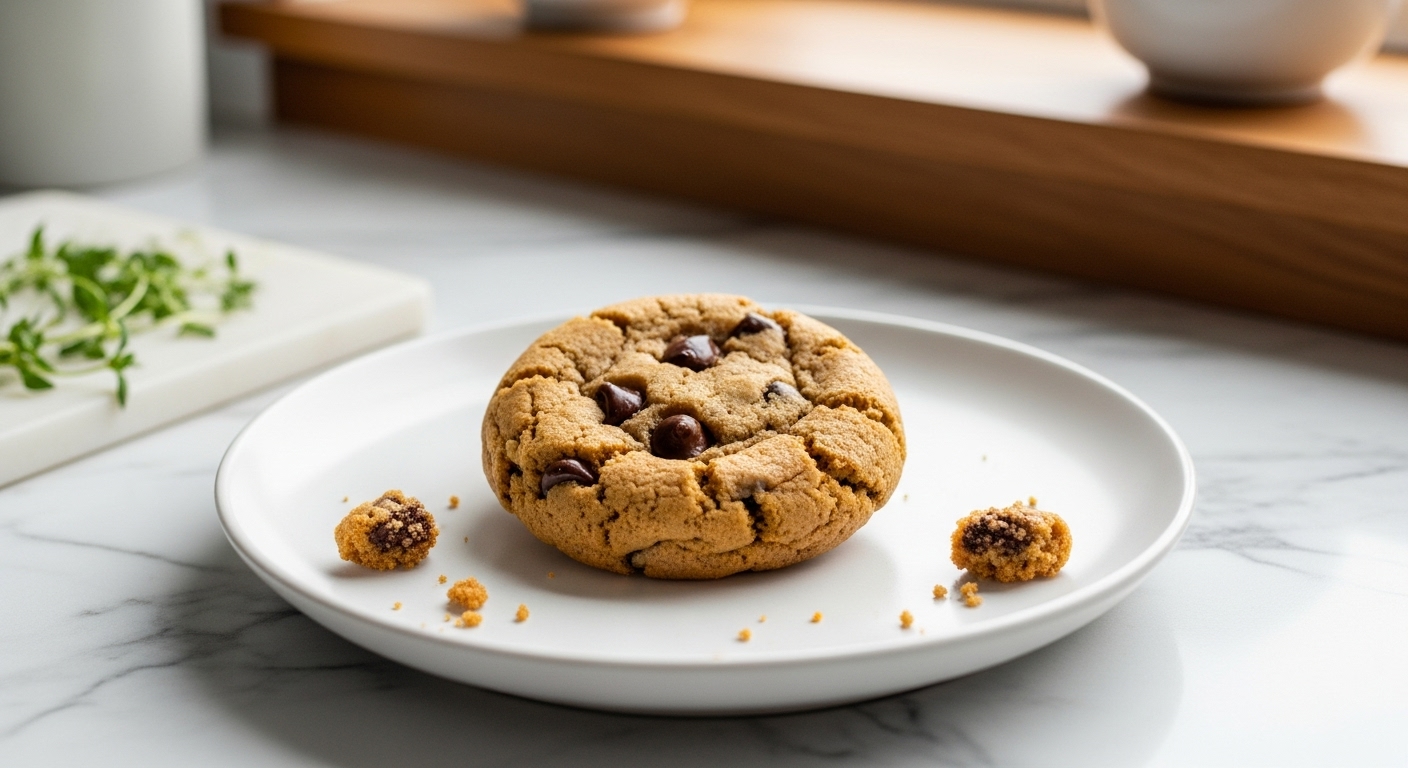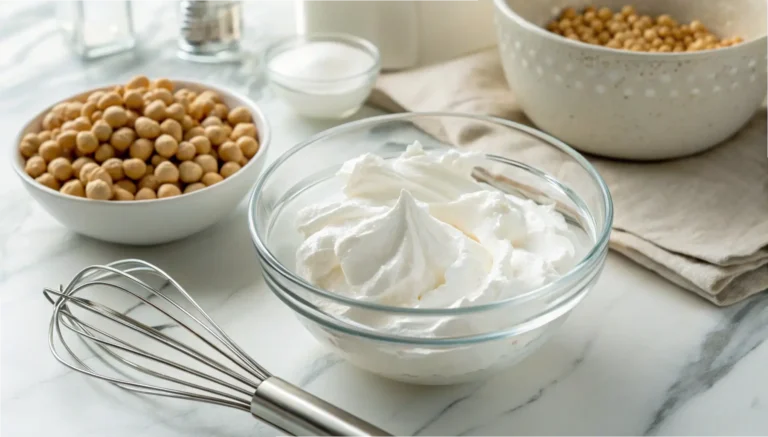Why Your Cookies Are Flat: Fix Spreading Fast!

Why Your Cookies Are Flat
Oh, honey, I’ve absolutely been there! I vividly remember one disastrous holiday season where every single batch of my supposed ‘perfectly round’ sugar cookies, meant for a festive cookie exchange, turned into sad, thin puddles resembling melted discs, leaving my kitchen looking like a cookie graveyard. That serious baking fail, while frustrating at the time, ultimately taught me invaluable lessons about the science behind why your cookies are flat and what truly happens when they spread too much.
It’s a common baking woe, but thankfully, it’s one with clear solutions, as I learned even simple things like butter temperature or flour type can make a huge difference. These insights are not just for intricate bakes; understanding these principles even helps when you’re doing something fun and simple like baking with kids, ensuring success and smiles all around.
So, let’s dive deep into all the secrets behind Why Your Cookies Are Flat so you can confidently achieve those perfectly plump, wonderfully chewy treats you’re dreaming of, every single time. Imagine baking a beautiful batch of Christmas Cranberry Orange Cookies that hold their shape flawlessly – that’s the kind of success we’re aiming for today! Get ready to transform your baking game and say goodbye to those flat cookie blues with our guide on “Why Your Cookies Are Flat (And How to Fix ‘Em Fast).”
Why Your Cookies Are Flat: Fix Spreading Fast!
Course: Baking TipsCuisine: N/ADifficulty: Easy4
servings30
minutes40
minutes300
kcalA comprehensive guide to understanding and fixing why your cookies spread too much, ensuring perfectly plump and delicious results every time.
Ingredients
Warm or melted butter
Too little flour (incorrect measuring)
Overmixing the dough
Incorrect or old leavening agents (baking soda/powder)
Dough that’s too warm (not chilled)
Greased or warm baking sheets
Oven temperature inconsistencies
Directions
- **Chill Your Dough**: Always chill your cookie dough for at least 30 minutes, or even overnight. This solidifies the fats, preventing excessive spread.
- **Accurate Flour Measurement**: Use a kitchen scale for precise flour measurements. Too little flour is a common culprit for flat cookies.
- **Proper Butter Temperature**: Use cold, but softened butter. If your butter is too warm or melted, your cookies will spread excessively before setting.
- **Don’t Overmix**: Mix your cookie dough until just combined. Overmixing develops gluten, which can lead to tougher, flatter cookies.
- **Check Leavening Agents**: Ensure your baking soda and baking powder are fresh and active. Old leavening agents lose their potency.
- **Use Cool, Ungreased Baking Sheets**: Bake on parchment-lined or silicone mat-covered baking sheets that are cool to the touch. Greased or warm sheets cause immediate spreading.
- **Verify Oven Temperature**: Invest in an oven thermometer to ensure your oven’s actual temperature matches its setting. An oven that runs too cool is a major cause of flat cookies.
- **Emergency Flour Fix**: If your dough feels too wet, gently mix in 1-2 tablespoons of extra flour until it reaches a more workable consistency.
Notes
- The Chill Factor: Don’t skip chilling your dough! It’s not just about flavor, it’s about solidifying the fats, which prevents excessive spreading. A minimum of 30 minutes in the fridge works wonders, but overnight is often even better for texture and reduced spread.
- Butter’s Role: That ‘softened’ butter? It means cool to the touch, not melted or greasy. If your butter is too warm, your cookies will melt into puddles before they even have a chance to set, leading to those frustratingly flat results.
- Oven Thermometer is Your BFF: Ovens lie! A cheap oven thermometer can be a game-changer. If your oven runs cool, your cookies won’t set fast enough and will spread. If it’s too hot, they might brown too quickly on the outside while still raw inside. Get to know your oven!







